The Toyosu fish market in the Japanese city of Tokyo has been making headlines after it recently auctioned off a bluefin tuna for an eye-watering 114.24 million yen (or $789,000).
After selling for an incredibly high price, the tuna joined the record books, coming in at the fourth-highest price in history. Japan leaders hope this marks a changing point in the economy for the better.
Fishermen Catch the Monstrous Fish
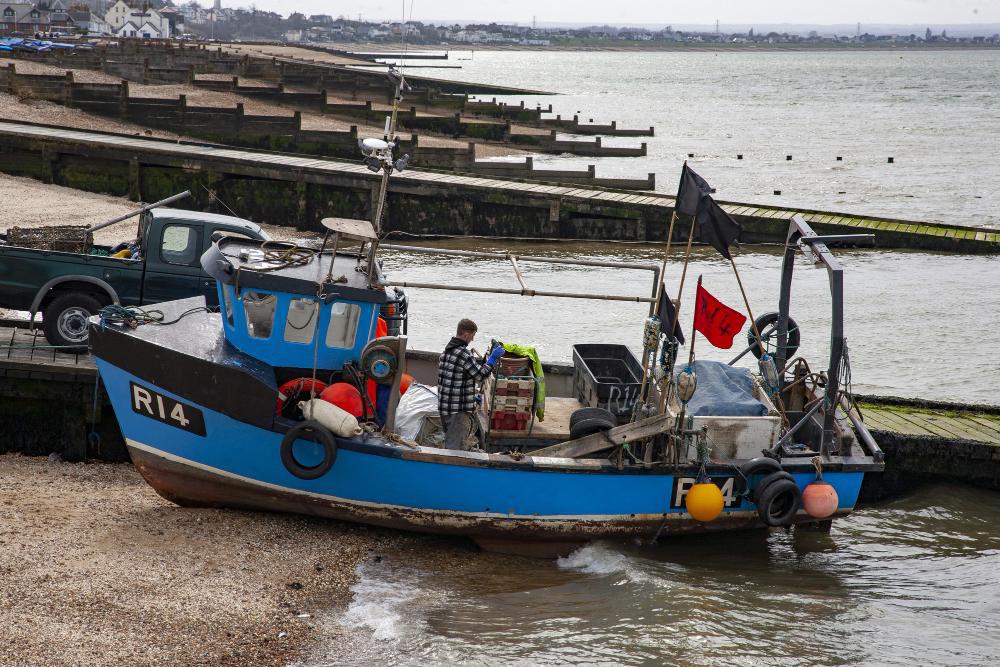
Fishermen working off the coast of Oma, a small town in the northeastern portion of the island, caught an enormous fish last week.
After safely returning to shore with their catch, they were astonished to find out the bluefin tuna weighed 238 kilograms (via MSN).
Tuna Sent to Auction in Tokyo
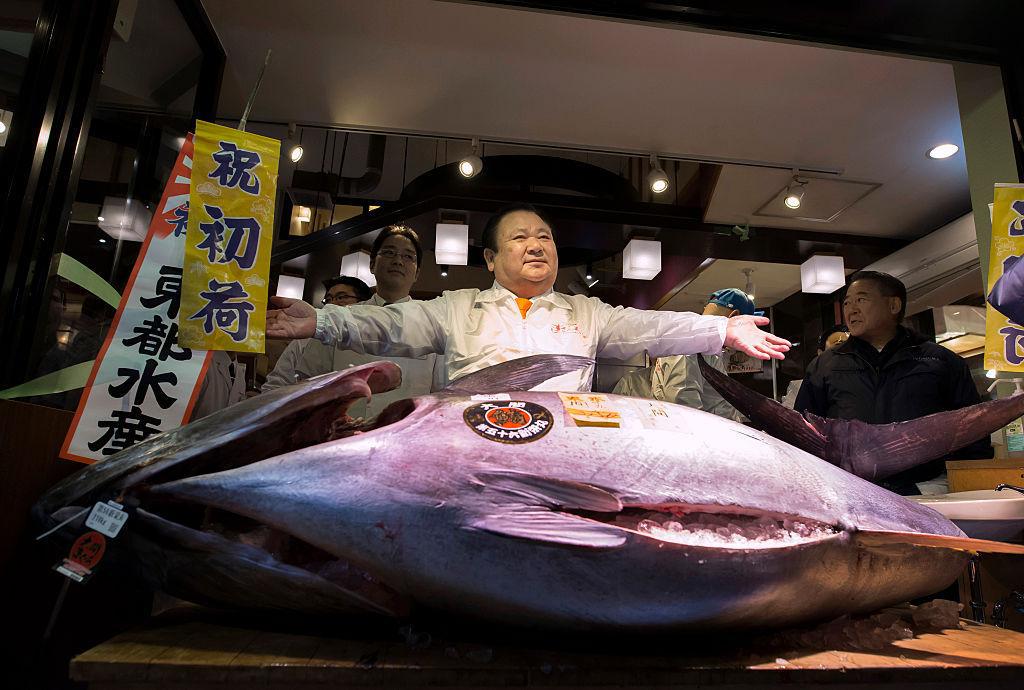
The men who caught the fish were working on behalf of Sushi Ginza Ondera restaurant’s operator and Yamayuki wholesaler, two businesses located in Tokyo.
Soon after, it was announced that the gigantic fish would be placed on auction in the heart of the city at the Toyosu fish market.
Bluefin Blows Expectations Out of the Water
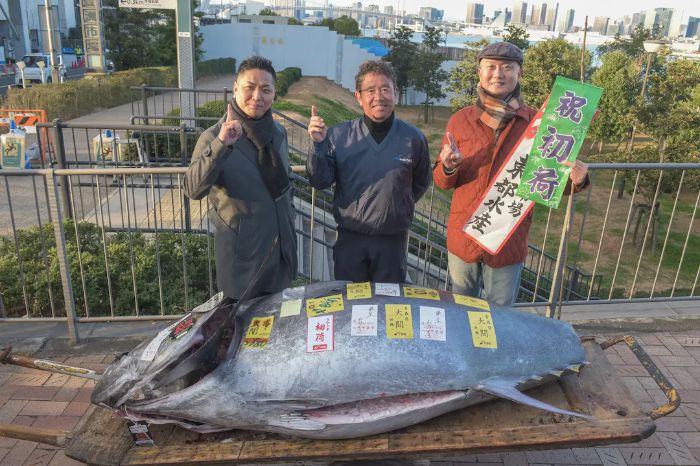
Auctioneers were quick to bid on the bluefin and drove the price up well beyond last year’s record of 36.04 million yen.
Eventually, bidding stopped at an astronomical 114.24 million. Yet, this is nowhere near the record. That was set by a 278-kilogram bluefin caught in 2019, which fetched over 330 million yen, according to the Japanese newspaper Mainichi.
Yamayuki’s President Hopes for the Best
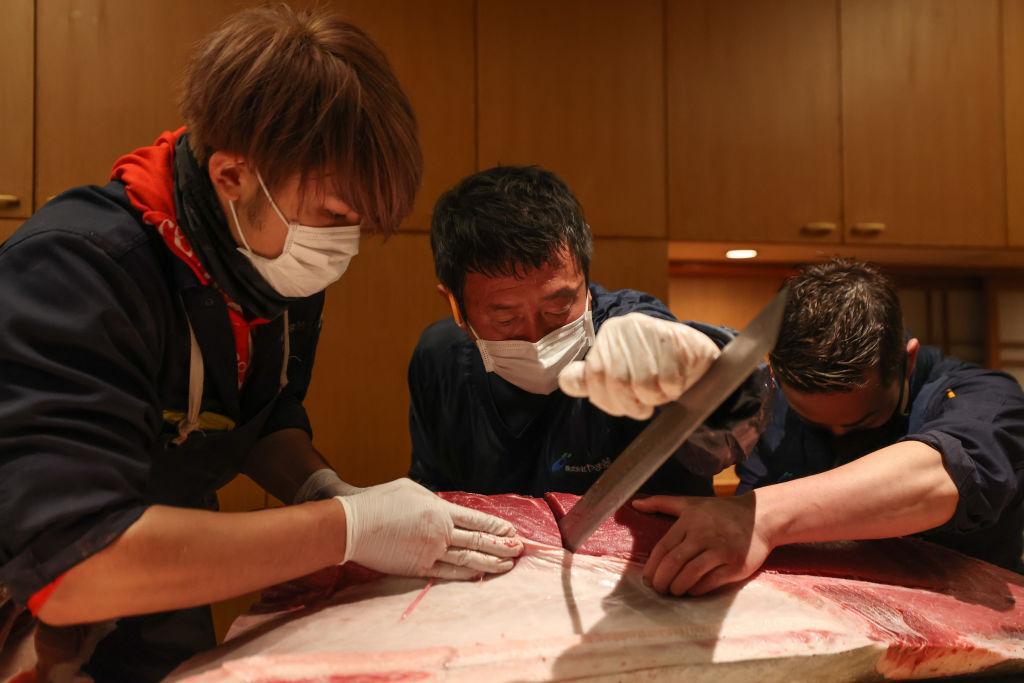
Yamayuki’s president, Yukitaka Yamaguchi, spoke about the incredible price paid for the bluefin, hoping it is a sign of things to come for the Japanese economy.
“I’d been feeling that the economy was getting better, so I thought the bidding would reach 100 million yen,” he said (via Mainichi).
Freshness and Color Is Key
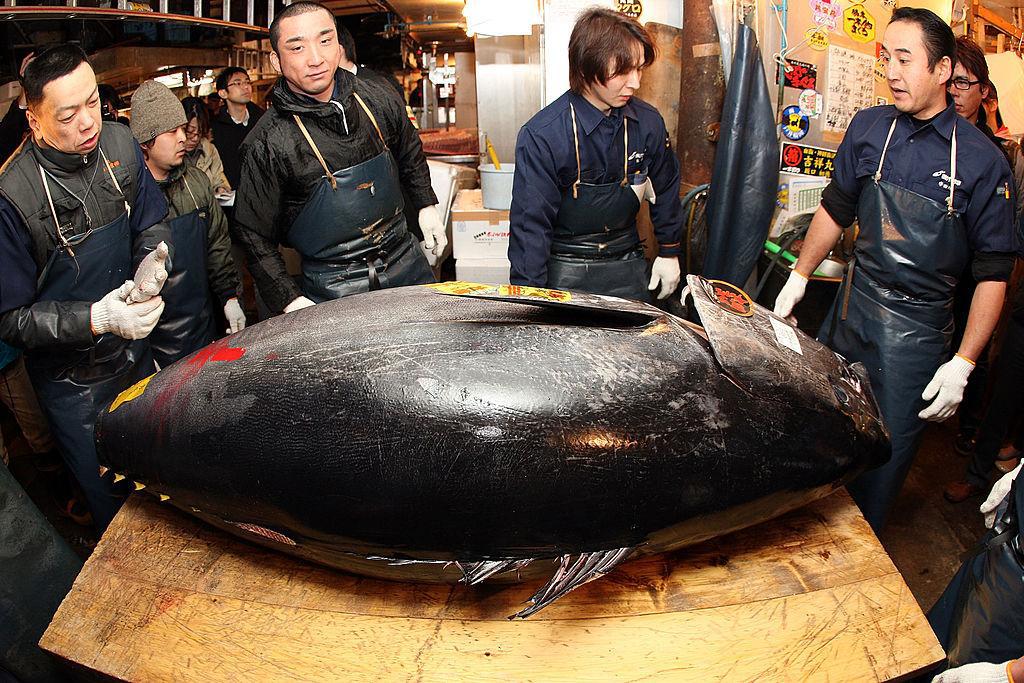
According to Yamagchi, there were various reasons as to why such a high price was paid for the bluefin that went beyond a turning point in the economy.
He claims the vibrant color of the bluefin and the freshness of the tuna played equal roles in the price eventually paid for the enormous fish.
Annual Toyosu Auction

Once a year, an annual auction is held at the Toyushi Market, typically in the first week of the new year.
The event has become a popular tourist destination, garnering a large crowd from all over Japan and beyond who come to observe the enormous fish on sale.
Optimistic Bidding at Auction
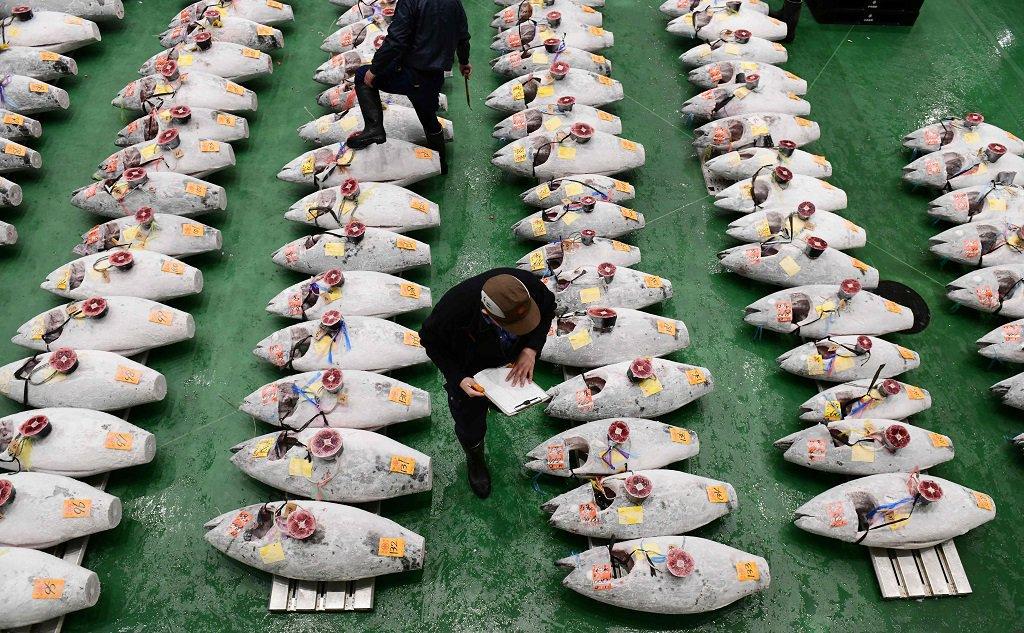
Bidding at the auction left many questioning if this was finally a changing point in the currently weakened Japanese economy.
Central banks of the world, including Deutsche Bank, have compared the weakened yen to other poor-performing currencies around the world, including the Turkish lira and the Argentine peso.
Where Do Japan’s Problems Stem From?

Speaking with Business Insider, George Saravelos, Global Head of Foreign Exchange Research at Deutsche Bank, claims Japan’s weakened yen is partly their own fault.
Saravelos explained that the Bank of Japan’s unwillingness to increase interest rates has led to the issues surrounding the yen.
Saravelos Offers Advice to Japanese Bankers

While the Japanese yen certainly isn’t the worst performer this year, having only declined by around 15% against the U.S. dollar, Saravelos still argues its fundamentals are weak.
In comparison, the Turkish lira has seen a severe 51% drop against the U.S. dollar, whereas the Argentine peso has dropped a shocking 97%.
The Bank May Make Matters Worse

Saravelos has cautioned the banks against making any dramatic intervention, as this could seriously backfire.
Instead, he advises the banks to think about hiking rates and halt the quantitative easing campaign, which could work to stabilize the weakened yen.
Not All Doom and Gloom for Japan
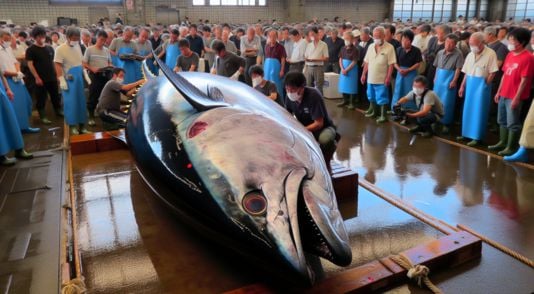
Amid the rising concern of the weakened yen, Japan still managed to pull off a 4.8% growth in GDP during the year’s second quarter.
Ultimately, it could be a rough road ahead for the Japanese banks. However, many are hopeful that the recent price paid for the enormous bluefin at Toyosu fish market is a sign of good things to come.
